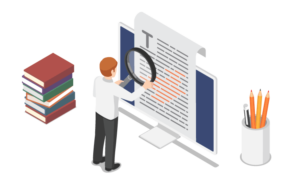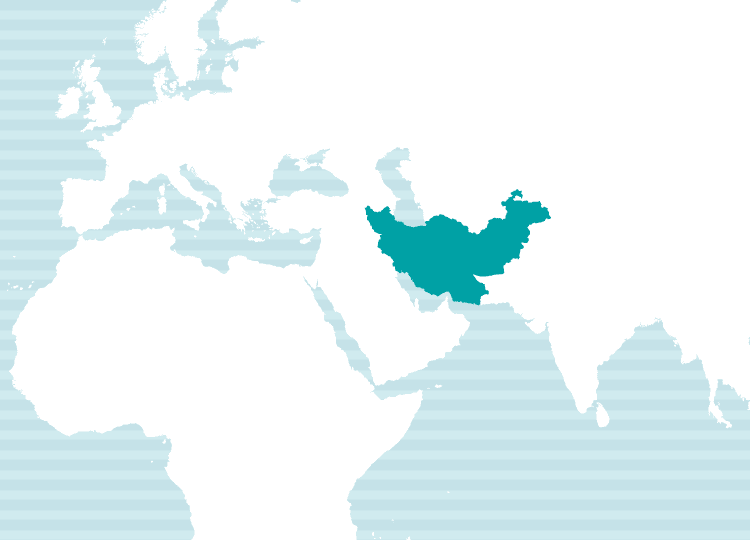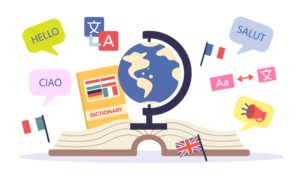Iran is often hailed as one of the Middle East’s leading resource-rich nations—not only blessed with abundant oil, gas, and mineral reserves, but also home to the region’s largest market. Beyond its economic potential, Iran captivates with its vibrant historical legacy and rich Islamic culture, showcased in its ancient ruins, majestic mosques, and picturesque cities—making it a hidden gem for tourism.
Unfortunately, due to ongoing international sanctions, doing business with Iran remains a challenge. However, in a promising development, Iran waived tourist visa requirements for 28 countries, including Japan, starting in 2024—potentially opening new doors for tourism.
At NAIway Translation Services, we offer high-quality Persian translation delivered by seasoned professionals across a wide range of fields including business, legal, tourism, engineering, and IT.

For more details, please feel free to contact us.
Persian Translation Rates (Japanese-Persian & Persian-Japanese)
Below are NAIway’s standard translation rates.
Our regular translation fees cover all of the following services, so you can rely on us with confidence.
Translation
+
Native-Level Quality Check
+
After-Support※
※ As part of our after-support, we handle revisions and inquiries within the post-delivery verification period (typically one week).
(Please note that changes or additions to the original document are not included.)
Japanese to Persian Translation

Please contact us for price.
Persian to Japanese Translation

Please contact us for price.
- The actual cost will be estimated based on the content and volume of the document. Please send us the document when requesting a quote.
- Minimum Charge Policy. Depending on the character/word count and other conditions, we have a two-tier minimum charge system of 5,500 Japanese Yen or 11,000 Japanese Yen (tax included). This ensures coverage of the essential costs involved in translation coordination and quality assurance.

For more details, please feel free to contact us.
NAIway's Quality Assurance System
At NAIway Translation Service, we believe that quality management is our top priority as a professional translation company. To ensure the highest standards, we have developed our own Quality Assurance System (QAS) and implement strict quality control measures.
For high-quality Japanese-Persian and Persian-Japanese translations, every document undergoes a two-step review process: after the initial translation, a second translator conducts a thorough quality check.
We meticulously review each character and sentence, ensuring logical flow, terminology consistency, and appropriate expressions to deliver a refined translation tailored to your needs.

Multilingual Translation Support
At NAIway, we offer multilingual translation services. Along with Persian, we provide translations in English, Chinese, Thai, Indonesian, and more—all in one place.
If you're considering inbound tourism solutions, feel free to contact us for a consultation!

For more details, please feel free to contact us.
Introduction to Our Persian Translators
Here are some of the translators currently working with or registered at NAIway.
For more details, please feel free to contact us.
What is the Persian language?
Persian: A Timeless Language of Culture and History
Persian, known as Farsi (فارسی) in its native form, is a language with deep historical roots stretching back to the ancient Persian Empire. It has remained the dominant language across the Iranian plateau for centuries and continues to serve as an official language in the Islamic Republic of Iran, the Republic of Tajikistan, and the Islamic Emirate of Afghanistan. Additionally, it is spoken in parts of Uzbekistan, the Caucasus region of Russia, Bahrain, and areas of Iraq.
Today, the standard language spoken in Iran is referred to as Modern Persian. Its sister dialects—Tajik (Tajik Persian) in Tajikistan and Dari (Afghan Persian) in Afghanistan—are recognized as official languages in their respective countries and are often considered regional variants of Persian.
The name Farsi originates from the Fars (Pars) province in southern Iran. In Japan, it’s also commonly referred to as “ペルシャ語” (Persha-go).
Persian Script:
Persian is written in a modified Arabic script, not in Latin characters.
"Hello" in Persian:
سلام/sæˈlɑːm/
Primary Regions of Use

Language Family: Indo-European → Indo-Iranian Branch → Iranian Group
Regions Spoken: Iran, Tajikistan, Afghanistan, and surrounding areas
Persian Language Insight
From the 10th to the early 19th century, the Persian-speaking world stretched across a vast area—from Asia Minor and Mesopotamia in the west, to Central Asia in the north, and the Indian subcontinent in the east, with the Iranian plateau at its heart. However, the spread of English as the official language under British rule in India, the rise of Russian as the administrative language in Central Asia under the Russian Empire, and the emergence of strong nationalism movements across various regions led to a significant decline in the Persian language's geographic reach from the 19th century onward.
Grammatically, Persian follows a Subject-Object-Verb (SOV) structure, and shares some similarities with Japanese—for example, omitting the subject or the equivalent of “to be” is often acceptable in casual speech.
Interestingly, a few Japanese words have roots in Persian. For instance, pajamas (パジャマ) comes from Payjama, meaning “leg clothing” or trousers in Persian, and khaki (カーキ色) originates from khak, meaning “dust” or “earth.”


